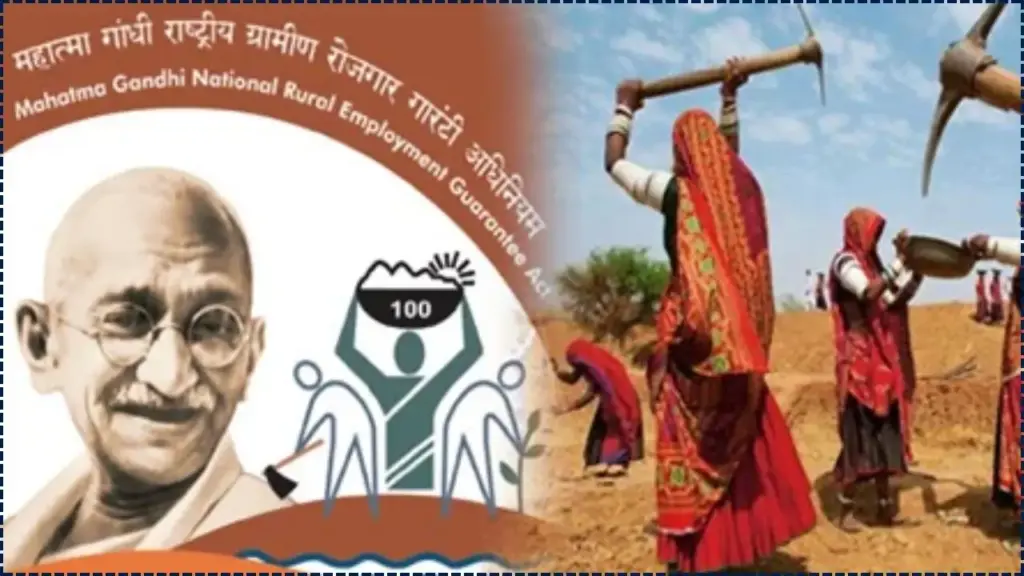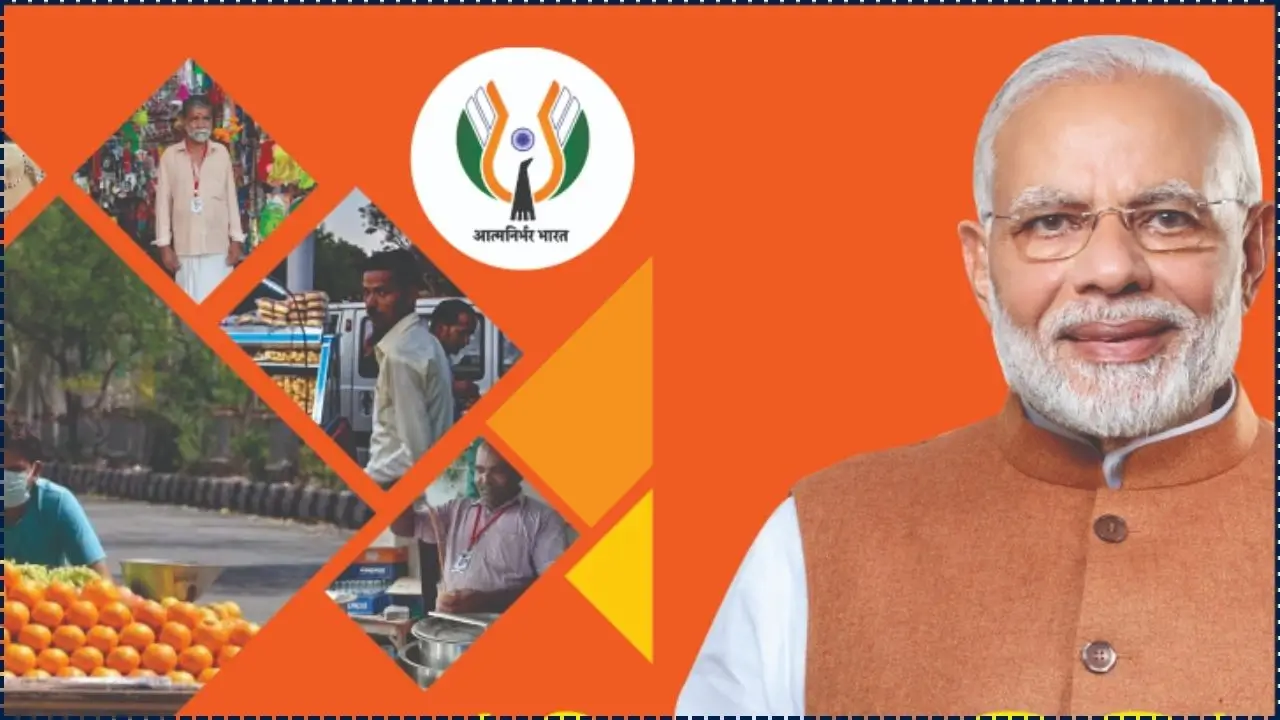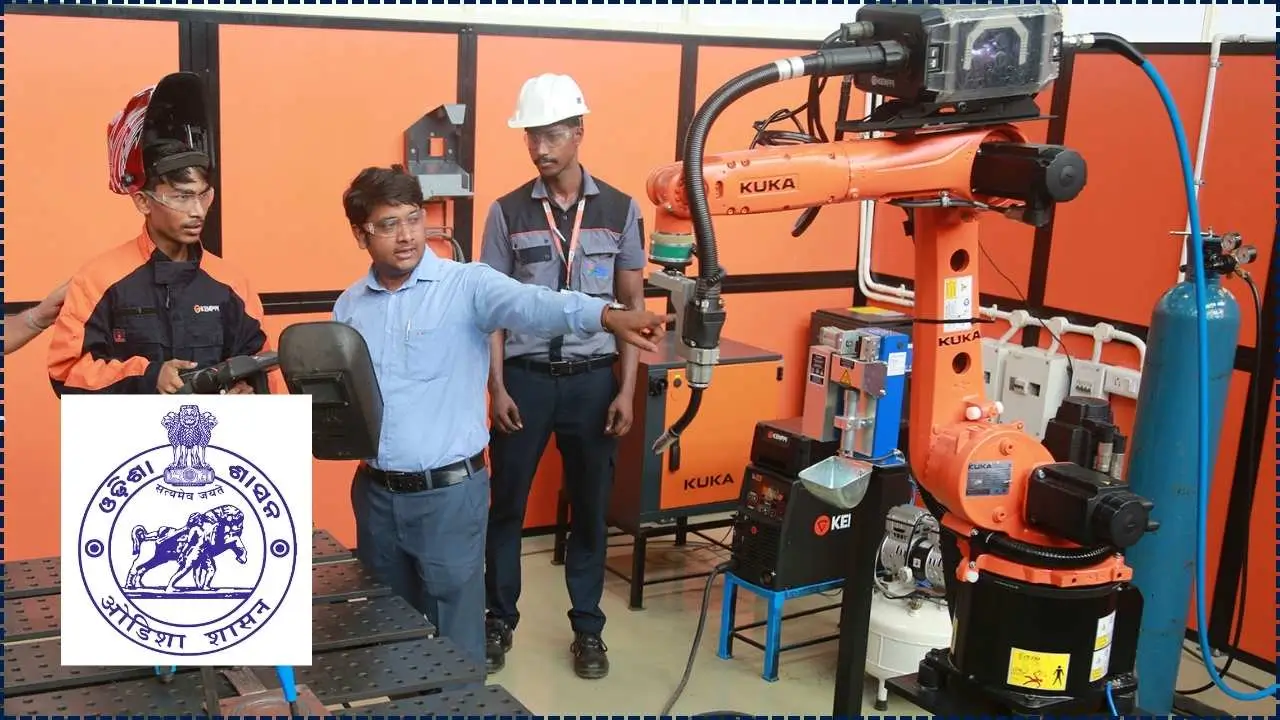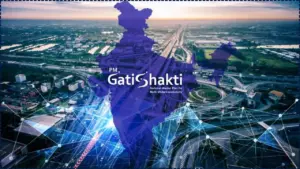The Mahatma Gandhi National Rural Employment Guarantee Act (MGNREGA), a cornerstone of rural development in India, is set for significant upgrades in 2025. These reforms aim to enhance wage rates, expand the scope of employment, and increase transparency through technological advancements. The changes are designed to address challenges in rural areas and improve the efficacy of the scheme.

The 2025 upgrades to the Mahatma Gandhi National Rural Employment Guarantee Act (MGNREGA) represent a bold step towards strengthening the rural employment landscape in India. From wage hikes to environmental initiatives, the reforms address pressing challenges and seek to ensure greater transparency and sustainability. While these changes are promising, their success will depend on effective execution and continued oversight.
MGNREGA: Key Upgrades in 2025
The Mahatma Gandhi National Rural Employment Guarantee Act (MGNREGA), first introduced in 2005, has been a pivotal tool for employment generation in rural India. Aimed at providing at least 100 days of wage employment annually to every rural household whose adult members volunteer for unskilled manual labor, MGNREGA has seen several reforms since its inception. In 2025, new upgrades to the scheme aim to address emerging challenges, including wage discrepancies, administrative hurdles, and the need for increased transparency in fund distribution and worker verification.
Wage Revisions Across States
A significant change introduced in 2025 is the revision of MGNREGA wage rates. According to the Ministry of Rural Development, the wage rates for workers under the scheme will be adjusted for inflation, based on the Consumer Price Index for Agricultural Labourers (CPI-AL).
This wage hike will be effective starting April 1, 2025. The increase, ranging from ₹7 to ₹26 per day, is expected to provide greater financial support to rural workers, particularly in states like Haryana, where the daily wage will rise by ₹26 to ₹400, while Uttar Pradesh will see an increase of ₹15, bringing its wage to ₹252 per day .
The revision aligns wages with rising costs of living and agricultural inflation, which have significantly impacted rural households in recent years. Suresh Kumar, an economist with the Institute of Rural Development, noted that “this revision will enhance the purchasing power of rural households, contributing to the overall economic upliftment of rural areas.”
Proposal to Increase Guaranteed Workdays
Another major recommendation for 2025 is the proposal to increase the guaranteed workdays from 100 to 150. This suggestion was made by the Parliamentary Standing Committee on Rural Development, aiming to create more job opportunities for rural workers. While the proposal is still under discussion, experts believe that it could significantly reduce unemployment and underemployment in rural regions, which have long struggled with job scarcity .
However, the Ministry of Rural Development has yet to implement this change, citing budgetary constraints and the need for further deliberation before rolling out such an expansion. Dr. Rajeev Joshi, an analyst from the National Institute of Rural Development, commented, “While the intention is commendable, the financial feasibility and the impact on rural economies need thorough analysis before the implementation.”
Technological Integration: e-KYC and Digital Worker Verification
To curb fraudulent practices and ensure that benefits are directly reaching the intended recipients, the Andhra Pradesh government has introduced a significant technological reform—e-KYC (Electronic Know Your Customer). Starting October 1, 2025, workers enrolled under MGNREGA in the state will be required to complete biometric verification through face recognition. This move aims to reduce the incidence of ghost workers and ensure that funds are disbursed to legitimate participants only .
This biometric verification system is expected to provide a more efficient and transparent way to track attendance, prevent errors in payment distribution, and enhance the integrity of the program. Anjali Mishra, a senior official with the Ministry of Rural Development, stated, “The e-KYC process will be a game-changer, ensuring transparency and minimizing the misuse of funds.”
Environmental Initiatives: Expanding MGNREGA to Include Tree Plantation
In line with India’s growing focus on environmental sustainability, the Tamil Nadu government has introduced a new element under MGNREGA: tree plantation and nursery maintenance. This initiative will engage workers in maintaining nurseries and planting trees in public spaces. The program aims not only to enhance the environment but also to provide additional employment opportunities, especially in rural areas where agricultural labor is often seasonal .
This addition is expected to bolster the country’s afforestation efforts while creating more year-round jobs for MGNREGA participants. The project has already begun in select districts, with plans for expansion throughout the state.
Relaxed Norms for Emergency Infrastructure Repair
Himachal Pradesh has also relaxed some of the norms under MGNREGA to expedite the repair of rural infrastructure damaged during natural calamities, such as the monsoon season. The state has given deputy commissioners the authority to approve projects without the need for prior gram sabha consultations, speeding up the decision-making process for urgent repairs. Additionally, the cap on land development projects has been increased from ₹1 lakh to ₹2 lakh per beneficiary .
These relaxed norms aim to streamline the recovery process in regions frequently impacted by weather-related disasters, ensuring that the rural infrastructure is restored quickly and efficiently.
Related Links
Apply for Odisha’s New FinTech Policy Support: Here’s How Startups Can Benefit
How to Use the Manipur eGazette Portal: Publish & Download Official Notices in Minutes
Apply for Rajasthan One Nation One Ration Card Online: Step-by-Step Process
Resumption of MGNREGA in West Bengal
After a three-year hiatus, the Calcutta High Court ruled in favor of resuming MGNREGA activities in West Bengal, which had been suspended due to allegations of irregularities in the implementation of the scheme. The suspension, which began in 2022, has been lifted, and the state is now set to resume providing employment under the program starting August 1, 2025. This decision comes after a prolonged legal battle and is expected to bring much-needed relief to rural populations in the state .
Challenges and the Way Forward
Despite the promising reforms, the implementation of MGNREGA reforms faces several challenges. These include the adequacy of funds, especially with proposals to increase workdays and wages, and the effective monitoring of large-scale rural projects. Experts emphasize that regular audits, greater transparency, and increased engagement with local communities are crucial to ensuring the success of these reforms.
















